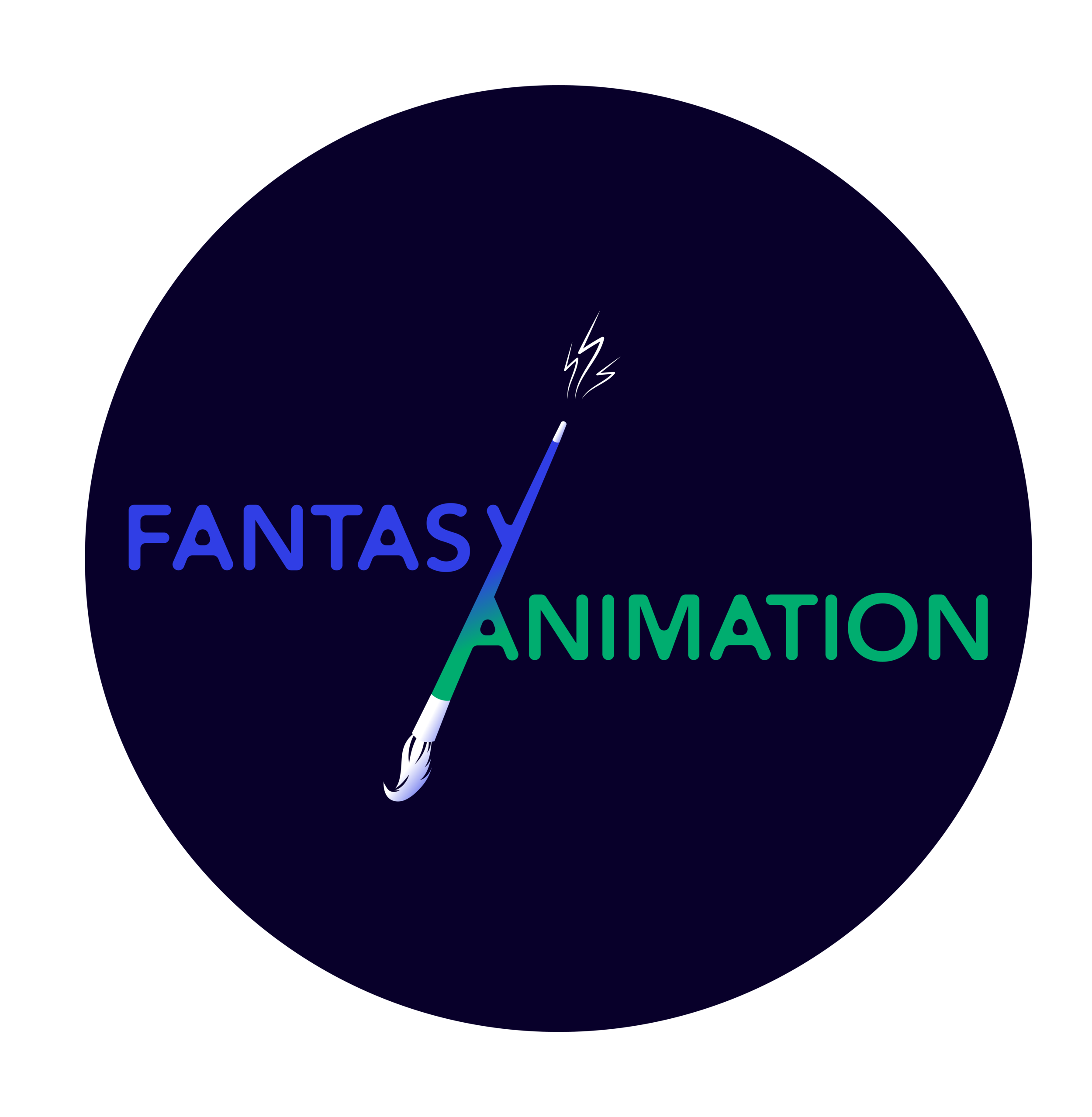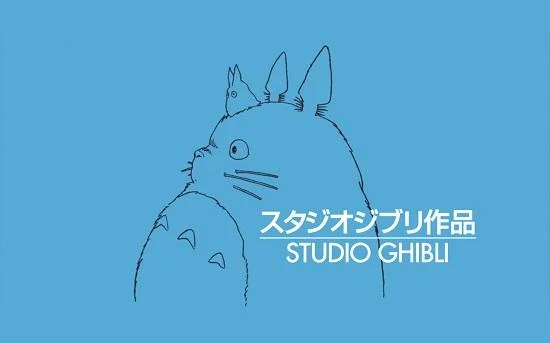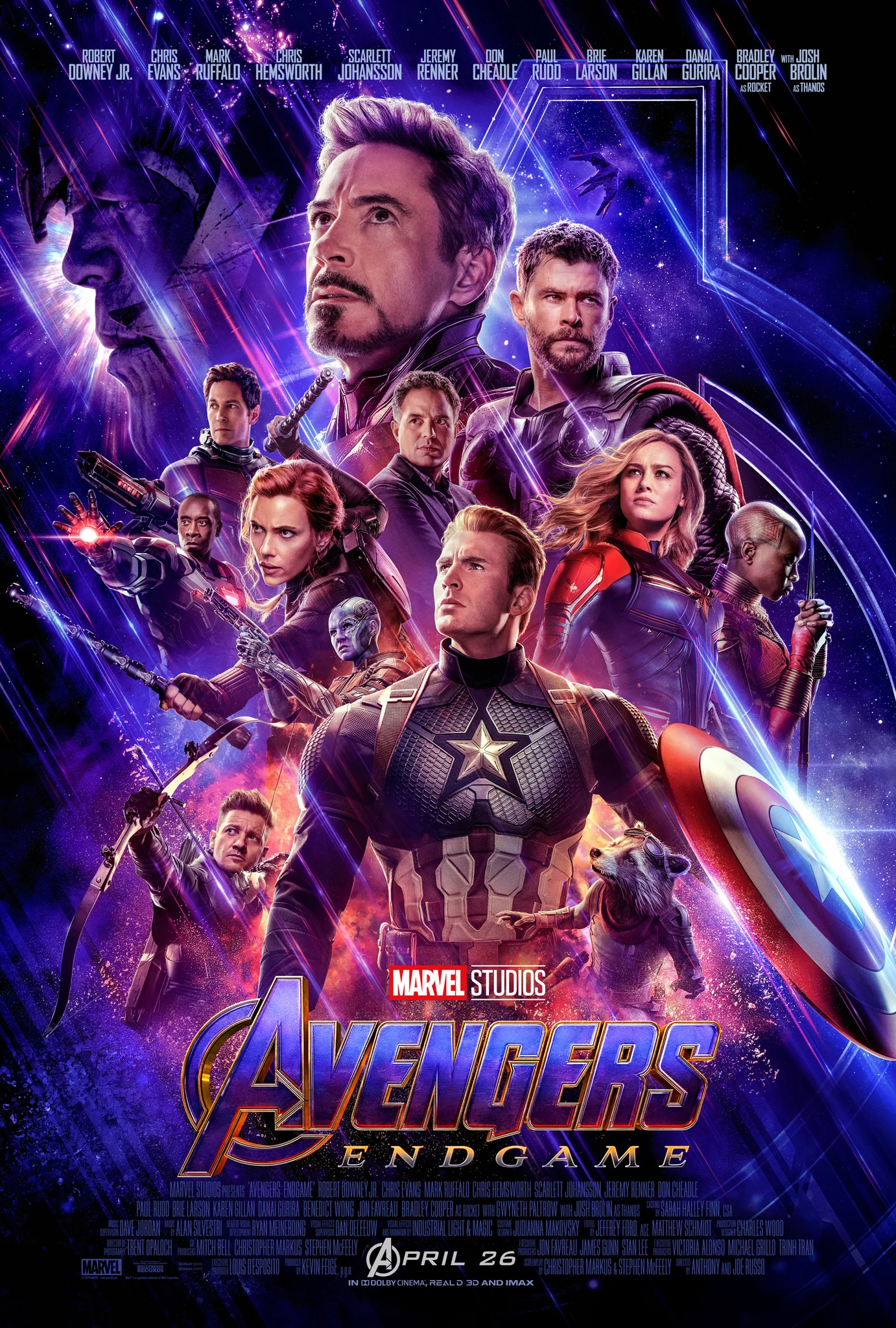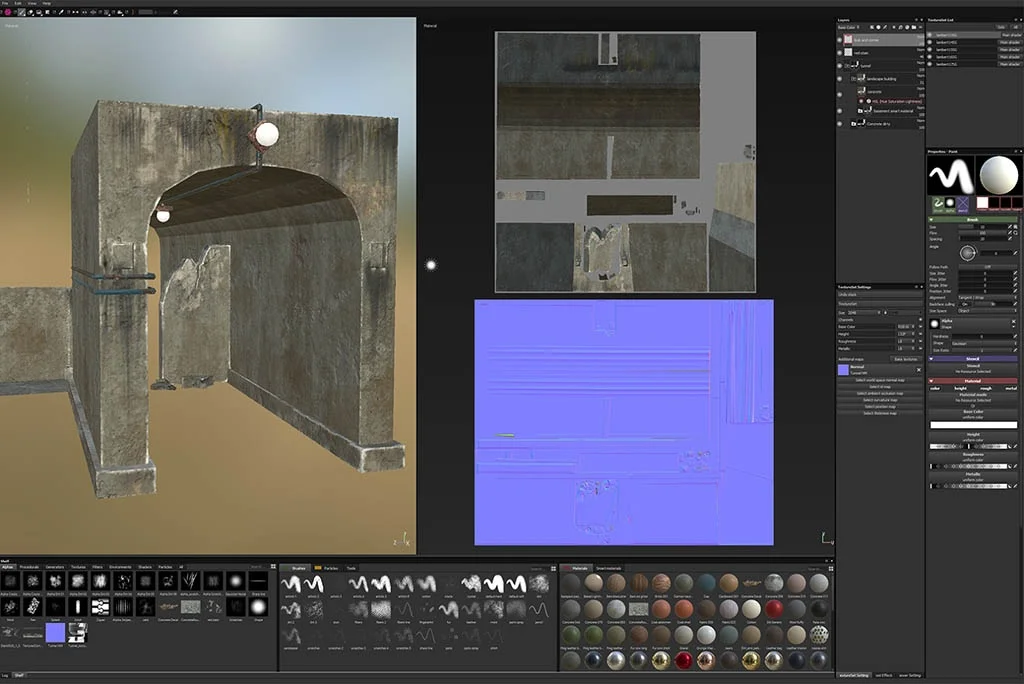A little while ago I did some work on fantasy cinema and, while I’m keen to avoid the slightly unedifying spectacle of trawling through that material again, I would like to spend a little time thinking about a couple of its omissions: animation and violence. One reason for visiting these topics now is that I wonder whether violence in fantasy and/or animation may run the risk of not being taken seriously at all, possibly on grounds of realism. If the violence is so obviously signposted as fictional through its animated or fantastical nature, aren’t we missing the point if we start talking about its meaning and significance?
Read MoreNiggun is a science-fiction hand drawn animated film that mixes the theme of spiritual quest with a space odyssey. It takes place in a post apocalyptic future where earth is gone and Jerusalem has become a legend. The original idea for the film began with a small illustration I made of David Bowie’s Space Oddity, depicting major Tom floating in a tin can. The theme of being lost in space representing some kind of existential crisis made me look for a story behind that astronaut (Fig. 1). In my point of view, Jews were never meant for space travel.
Read MoreBilled as the first “live-action” Pokémon film, Pokémon Detective Pikachu (Rob Letterman, 2019) adapts some of the franchise’s core themes and mechanics. The film also continues the endeavour of augmented reality game Pokémon GO (2016) – which on release sparked a sensation that saw players from all walks of life hunting Pokémon in the spaces around them via their mobile phones – to bring Pokémon into the real world.
Read MoreI probably should admit upfront that I am an avid fan of J.R.R Tolkien’s The Lord of the Rings. When Peter Jackson’s trilogy was released back in 2001-2003, I devoured the books and watched each film three times at the cinema. I marvelled at the extended DVD versions (with a complete running time of over 11 hours) and trawled through all the extra bonus material countless times over. I was even lucky enough to visit some of the film locations during a visit to New Zealand, a place that is stunning enough without CGI wizardry.
Read MoreAn academic conference on the key creative figures and animated feature films of renowned Japanese production house Studio Ghibli seems an obvious - even borderline ideal - candidate for working through the interplay between fantasy and animation. Our earlier podcast on their third cel-animated feature My Neighbor Totoro (Hayao Miyazaki, 1988) - whose primary spirit character Totoro now functions as the company’s logo image (Fig.1) - suggested just how much there was to say not only about the adventures of the eponymous creature, but the studio’s origins and evolution, production practices, and their relationship to anime as a creative medium, if not Ghibli’s longstanding critical repute and ongoing commercial acclaim.
Read MoreThe term ambivalence was coined by the psychiatrist Eugen Bleuler to describe two opposite ideas that coexist in uneasy union. While superheroes are often understood as narratives of assurance, comfort and security, it is ambivalence, or even anxiety, that provides the more useful concept when it comes to interrogating the dynamics at work in the cinematic superhero phenomena. This is particularly the case in its relationship with technology, both aesthetically and philosophically.
Read MoreFrom a costume design point of view, a combination of the words ‘fantasy’ and ‘animation’ directly creates an impression of visually innovative costumes. After all, in animation anything imaginative can be designed, breaking the laws of gravity (with costume) or establishing textiles which are not bound to or are replicated from the real life. What a fruitful starting point for costume design!
Read MoreMy own initiation into fashion film was a hesitant one, uncertain as to whether fashion films could ever be situated on the same spectrum as traditional film. The role that fashion film plays within cinema is still relatively undiscovered. Films dissected by Stella Bruzzi (1999) have often explored both fashion and film as two separate entities, which combine in challenging identity and metaphorical gestures, as well as aesthetics; whilst an auteur of the early fashion film, Guy Bourdin, created voyeuristic moving images which have only in recent years, begun to emerge to a wider audience.
Read MoreIf any readers are expecting a definition to be provided in this review as to what exactly the term aurelia refers to in Carol Mavor’s recent book, they are likely to be disappointed. Having now read Aurelia: Art and Literature Through the Mouth of the Fairy Tale (London: Reaktion Books, 2017), I am still unsure what it means. In fact, I get the sense that this might indeed be partially the point. Aurelia is not a book which aims to clarify and explain so much as it seeks to provoke and inspire. It is nominally a book about fairy tales.
Read MoreIt was with a degree of trepidation that I went to see the “live-action” (in reality, animation/live-action hybrid) remake of Dumbo (Tim Burton, 2019). After all, the 1941 original, both narratively and in terms of its characters, is such that it cannot be easily translated into the hyper-real form of CG animation that is typically billed (inaccurately) as “live-action,” and simultaneously retain the whimsy and sweetness of the original.
Read MoreMy name is Mani Haider and I am an indie games developer. In this post, I would like to discuss the creative and technical process behind my latest game, Delirium, explaining how I became inspired to produce this sci-fi/horror game as my latest project. I was first inspired to work in games design in 2016, when I was working as a runner within the film industry and was exposed to the work of amazing concept artists working in the visual effects studio.
Read MoreThe Emerald City Comic Con attracts guests of upwards of 100,000 fans and 100s of celebrity guests from the worlds of fantasy, science-fiction, animation and gaming (Fig. 1). Now in its fifteenth year and still going strong, the three-day event held at the Washington State Convention Center, Seattle – of which we had the pleasure of attending just one day, Friday 15th March – is professional in every sense of the word, and worthy of every connotation it denotes. What the convention perhaps lacks in personality and quirk it makes up for in the sheer sophistication of its organisation.
Read MoreWardour Street, Soho was once referred to as “Film Row.” In 1951, Sight and Sound published a list of British and Hollywood companies and studios in active production. The list featured over twenty-seven British film production companies, British subsidiaries of major Hollywood studios and documentary/short film production with headquarters located on Wardour Street and the surrounding Soho district.
Read MoreRunning parallel to the ongoing battles about women superheroes is another that flashes across the surface and into the depths of Captain Marvel (Anna Boden and Ryan Flack, 2019): a fight about the status of animation within the blockbuster (Fig. 1). Christopher Holliday (2018), Stephen Prince (2012) and Paul Wells (2008) are among those to have discussed the integration of CG animation technologies into the fabric of Hollywood filmmaking, in guises as diverse as character animation and digital grading.
Read MoreAll too often, when a new game or film or television show that includes the barest representation of the LGBTQ+ community is announced, an inevitable, angry chorus of cisgender, heterosexual people shout out in unison: I’m fine with gay people, but why do you have to shove it down my throat like this? Thankfully, the media producers in question usually forge ahead, much to the delight (or chagrin – no one piece of media is perfect) of the LGBTQ+ community. But then, if even the smallest crumb of queer representation is enough to make cishet people choke, then is the same true for a queer person forced to navigate society’s constant stream of compulsive heteronormativity?
Read More43 years after the publication of the first edition of Robert Russett and Cecile Starr’s seminal text Experimental Animation: An Illustrated Anthology, experimental animation seems to be finally experiencing a very welcome surge of public interest and critical attention. Over the last few years there has been a rise in the number of screenings, performances and academic publications related to the multifarious art form, including the recent edited collection Experimental and Expanded Animation: New Perspectives and Practices (2018).
Read MoreMy name is Eric Polley, and I am the creator of People Cat People (2018-). People Cat People is an animated web series that focuses on the day-to-day lives of the characters of a small group of feline humanoids that inhabit a fictional planet called the People Cat People Planet. There is no main character or single overarching plot line. Instead the series focuses on several shorts that aim to introduce and resolve conflict within one standalone episode.
Read MoreSince its launch back in 1994, the annual Sci-Fi Ball has become a highlight on the UK’s convention circuit, establishing itself as one of the south coast’s most high-profile and bustling events (see right). Now in its 25th year and still going strong, this annual non-for-profit celebration (all funds are donated to Teenage Cancer Trust) of science-fiction across film, television, gaming and beyond attracts a roster of industry dignitary from the genre’s past, present and final frontier.
Read MoreAndré Bazin’s “Ontology of the Photographic Image” states that “the photograph as such and the object in itself share a common being, after the fashion of the fingerprint” (2005: 15). For Bazin, the fingerprint is symbolic of an imprint of the material object; the finger. Yet I cannot help but think of this symbol of filmmaking when I watch stop-motion animation – a process by which an animated world is created; often out of clay but also other materials, and brought to life by a series of photographs documenting miniscule movements to imitate life.
Read MoreIn the chapter “Fantastic French Fox: The National Identity of Le Roman de Renard as an Animated Film” for the edited collection Fantasy/Animation: Connections Between Media, Mediums and Genres (2018), I alluded to the three different versions of Le Roman de Renard – France’s first feature-length animated film – that existed over the course of its production history. These were the unfinished silent cut from 1930, the German edit in 1937, and finally the official French release of 1941. Out of these, the 1941 cut has become the one true version of the film.
Read More



















